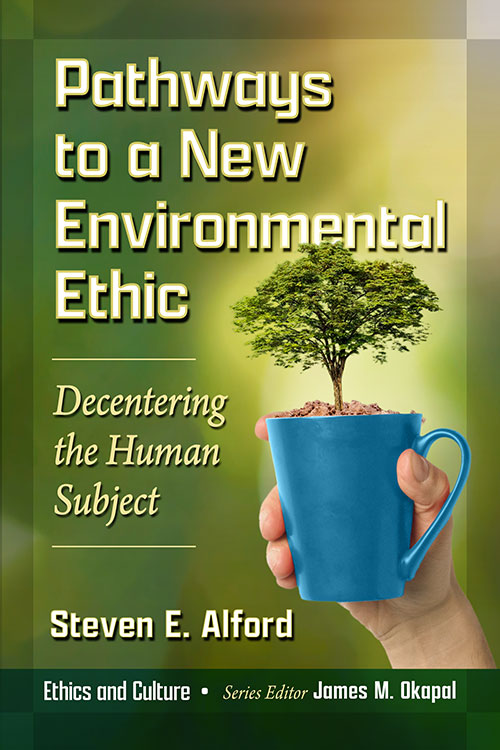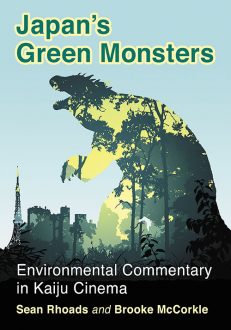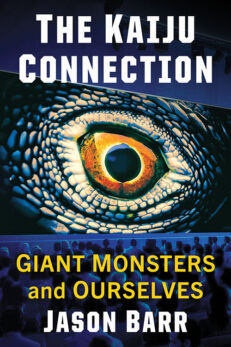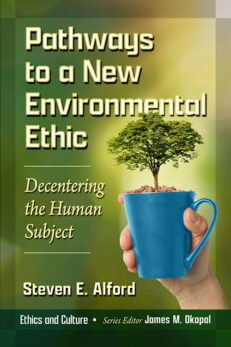Pathways to a New Environmental Ethic
Decentering the Human Subject
$55.00
In stock
About the Book
We live under the threat of humanity’s self-inflicted extinction. While technological approaches to climate mitigation are admirable, our ecological crisis results ultimately from an inherited, unexamined concept of selfhood and a misconceived view of nature. The received idea that our self exists inside our skull engenders an assumption that nature is “out there,” with devastating results.
This book explores three new ways of thinking about the interrelation of ourselves and “nature”: Merleau-Ponty’s notion of embodiment, the connection between enactivism and affordances, and object oriented ontology. These approaches to selfhood reorder our moral obligations: What are our responsibilities to ourselves, our children, and nature itself? An embodied ethic can transcend cultural biases and offer a new way of confronting climate change. To meet environmental challenges, we need to change our minds about our minds.
About the Author(s)
Bibliographic Details
Steven E. Alford. Series Editor James M. Okapal
Format: softcover (6 x 9)
Pages: 210
Bibliographic Info: glossary, appendices, notes, bibliography, index
Copyright Date: 2024
pISBN: 978-1-4766-9294-4
eISBN: 978-1-4766-5351-8
Imprint: McFarland
Series: Ethics and Culture
Table of Contents
Acknowledgments vii
Preface 1
Introduction 3
Part One—The Decentered Self 15
1. Merleau-Ponty and Embodied Consciousness 17
2. Enactivism and Affordance 36
3. Object Oriented Ontology 57
Part Two—Ethics at the Intersection 83
4. Ethics and Empathy 85
5. OOO and Panpsychism 102
6. Temporality, Generations, and the Social Imaginary 140
7. Conclusion 163
Appendix A. “Nature”: A Typology 167
Appendix B. A Brief Glossary of Terms 175
Chapter Notes 177
Bibliography 193
Index 199





